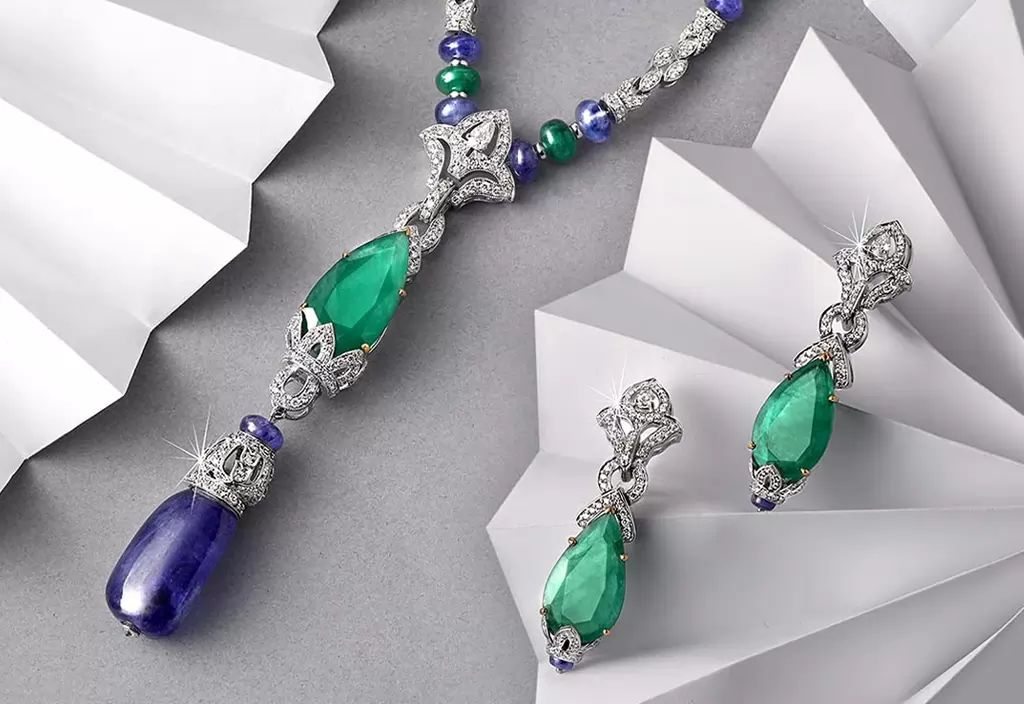In recent years, the allure of gold, diamonds, and other precious gems has transcended mere aesthetics, positioning jewelry not only as a symbol of wealth and status but also as a viable investment option. As financial markets show signs of volatility, many are turning to tangible assets such as jewelry, which historically hold their value or even appreciate over time. However, diving into jewelry investment isn’t as straightforward as one might think. It requires a nuanced understanding of the market, an appreciation for art and history, and a strategically diversified financial portfolio.
The concept of jewelry as an investment is rooted in its dual function: it serves both as a personal adornment and a financial asset. Unlike stocks or bonds, the value of jewelry encompasses both its intrinsic material worth and its artistic merit, making it a unique player in the investment landscape. This complexity requires that potential investors possess, or develop, an investment profile suited to the nuances of the jewelry market.
For beginners, understanding your own investment profile—conservative, moderate, or aggressive—can significantly influence your approach to jewelry investment. Each profile has different risk tolerances and expectations on returns, which dictate the types of pieces one might consider investing in. Moreover, as with any form of investment, knowledge plays a critical role. One must not only understand the current trends but also anticipate future movements in the market to make informed decisions.
In this article, we will explore various facets of investing in jewelry. From determining your investment profile to asset allocation and tips on building a balanced portfolio, we will provide insights and strategies to help both novice and seasoned investors navigate the complex yet potentially rewarding world of jewelry investment.
Different Investment Profiles and Their Approach to Jewelry
Every investor brings a different set of expectations and risk tolerances to the table, which can be broadly categorized into three profiles: conservative, moderate, and aggressive. Conservative investors typically prefer lower-risk investments and may be more interested in jewelry pieces like classic diamond earrings or gold bracelets—items with intrinsic value and less volatile market prices. They generally aim for steady, long-term appreciation without the ups and downs of more speculative assets.
Moderate investors often balance risk and reward by diversifying their holdings. They might mix some high-value, rare pieces with more standard items, allowing for both security and the potential for significant appreciation. Their investments could include a blend of antique jewelry known for historical significance and modern pieces from notable designers that hold promise for future value.
Aggressive investors are usually willing to take higher risks for potentially higher returns. These investors often seek out exotic or rare pieces—think large pink diamonds or ancient artifacts—that are not only beautiful but also have a speculative element due to their rarity and historical worth. Aggressive investors need to stay well-informed and agile, ready to adjust their portfolios in response to market shifts.
The Importance of Asset Allocation in Jewelry Investments
Asset allocation is crucial in managing investment risks and rewards, and it holds true for jewelry investment as well. Effective asset allocation in jewelry involves balancing different types of jewelry pieces to optimize overall portfolio performance based on the individual’s risk tolerance and investment horizon.
| Type of Jewelry | % Allocation for Conservative Profile | % Allocation for Moderate Profile | % Allocation for Aggressive Profile |
|---|---|---|---|
| Classic Pieces | 70% | 50% | 30% |
| Designer Pieces | 20% | 30% | 40% |
| Rare/Exotic Pieces | 10% | 20% | 30% |
Key Factors Influencing the Jewelry Market
Several factors influence the jewelry market, including economic conditions, fashion trends, and geopolitical events. Economic downturns, for instance, might reduce demand for luxury goods, affecting jewelry prices. Conversely, strong economic growth can increase market demand, leading to higher prices.
Fashion trends also play a crucial role. The popularity of certain styles, stones, or metals can fluctuate, impacting the value of related jewelry pieces. For instance, when celebrities wear vintage pieces at high-profile events, it can reignite interest in similar styles, temporarily boosting their market value.
How to Start Investing in Jewelry with a Small Budget
Investing in jewelry doesn’t necessarily require a hefty initial outlay. Here are some tips for those looking to start small:
- Focus on staple pieces with intrinsic material value, like small diamond pieces or gold jewelry.
- Consider contemporary pieces by upcoming designers who might become tomorrow’s big names.
- Look for estate sales and auctions where you can buy at lower prices than the retail market.
Starting small will allow you to learn the market dynamics without exposing too much capital. Over time, as you gain more knowledge and confidence, you can gradually increase your investment.
The Significance of Historical and Artistic Value in Jewelry
The value of jewelry often extends beyond the mere materials it’s made of. Pieces with a rich history or exceptional craftsmanship can attract premiums well over their intrinsic material worth. For instance, jewelry once owned by celebrities or pieces by renowned designers like Cartier or Tiffany can command higher prices due to their historical and artistic significance. Collectors and investors alike covet such pieces, not only for their beauty but for their potential to appreciate in value over time.

Deixe um comentário